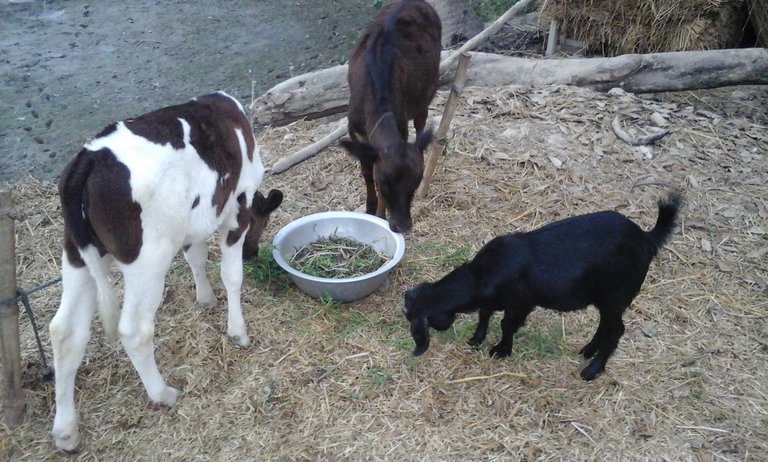Smooth Transfer of Infection from Animals to Humans-Q Fever
The interesting thing about Q fever is the way the name was coined. The name query fever was coined when people started to come down with it in the 1930s-1940s in the United States. At the time, doctors didn't know what could have caused it, and it was named queries. Don't you find it interesting? Because I do.
Q fever is also called, coxiellosis, it is a bacterial infection caused by Coxiella burnetii and it is a zoonotic one that can spread from animals to humans. Domestic animals like cats for instance, and some other wild animals have been actively identified as sources of infection in humans. The presence of this disease can cause stillbirths and abortions in sheep, cattle, and goats.
The bacteria, C.burnetii is shed through urine, feces, and milk of an infected animal, but more commonly during parturition, when a large percentage of bacteria are found in the amniotic fluids of the placenta. When the bacteria is outside the body, it becomes a small, dense, long-lasting spore-like form that is usually able to resist heat and drying. This tough nature makes it possible for the bacteria to travel through long distances through wind spread.
The ability of the bacteria to infect is on the high side to the extent that, one single inhaled organism could cause clinical illness in an animal or an individual. Ticks are a great avenue through which the bacteria can be passed from an infected animal to a susceptible one. The consumption of non-pasteurized infected milk can also cause infection to happen.
In humans, the possibility of laboratory workers, farmers, abattoir workers, and veterinarians getting the disease is on the high side. Most humans who get infected with the illness will show symptoms in the form of; muscle pains, sore throat, nausea, headaches, stomach pain, vomiting, and chest pain. The fever could last for about a week or two, and further lead to pneumonia which then affects the liver.
In smaller cases, it could result in a chronic debilitating disease, but this is more common amongst those with a suppressed immune system and people who already have an existing heart valve problem, the complication that comes as a result of this is usually a fatal one.
A small percentage of people with Q fever will experience fatigue accompanied by other symptoms that may last for months or years after an initial exposure.
Chronic Q fever case begins months or years after initial exposure to C.burnetii infection, even if symptoms do not show at the time. In this situation, the heart, heart valves, and blood vessels are affected, and symptoms may vary depending on the part of the body that has been affected. Weight loss, extreme sweat at night, low-grade fever, shortness of breath, swelling of the feet or legs, and fatigue will be experienced by the affected person.
While infection can spread from animal to human, there has not been an established case of it's spread from human to human. A chronic case of Q fever is usually treated with antibiotics and anti-inflammatory medications, but it does not go away easily. However, following a well laid out treatment plan will help the patient feel better with time.
For humans whose jobs put them at risk of getting Q fever, certain acts can help to reduce the chances of getting it. Gloves should be put on while handling animal fluids, especially during the process when they are giving birth, and unpasteurized dairy products should be avoided. If you reside in an area that exposes you to the risk of getting Q fever, you should get vaccinated.
Q fever can come with serious complications, especially when in its chronic form, complications come in the form of heart inflammation, fibrosis, aneurysm, fibrosis, heart failure, miscarriage, osteomyelitis, low birth weight, and acute respiratory distress syndrome. During an outbreak, the movement and sale of animals should be stopped in order to limit infection spread.
References.



